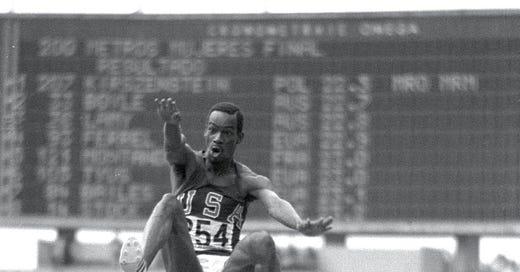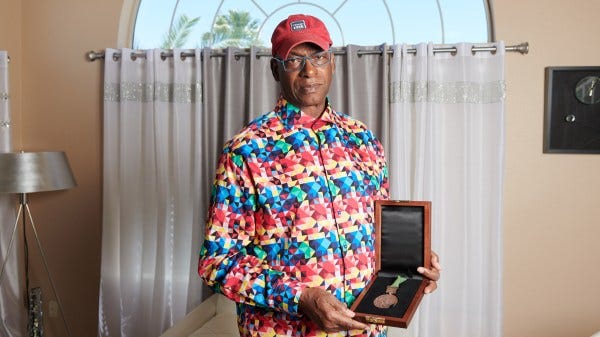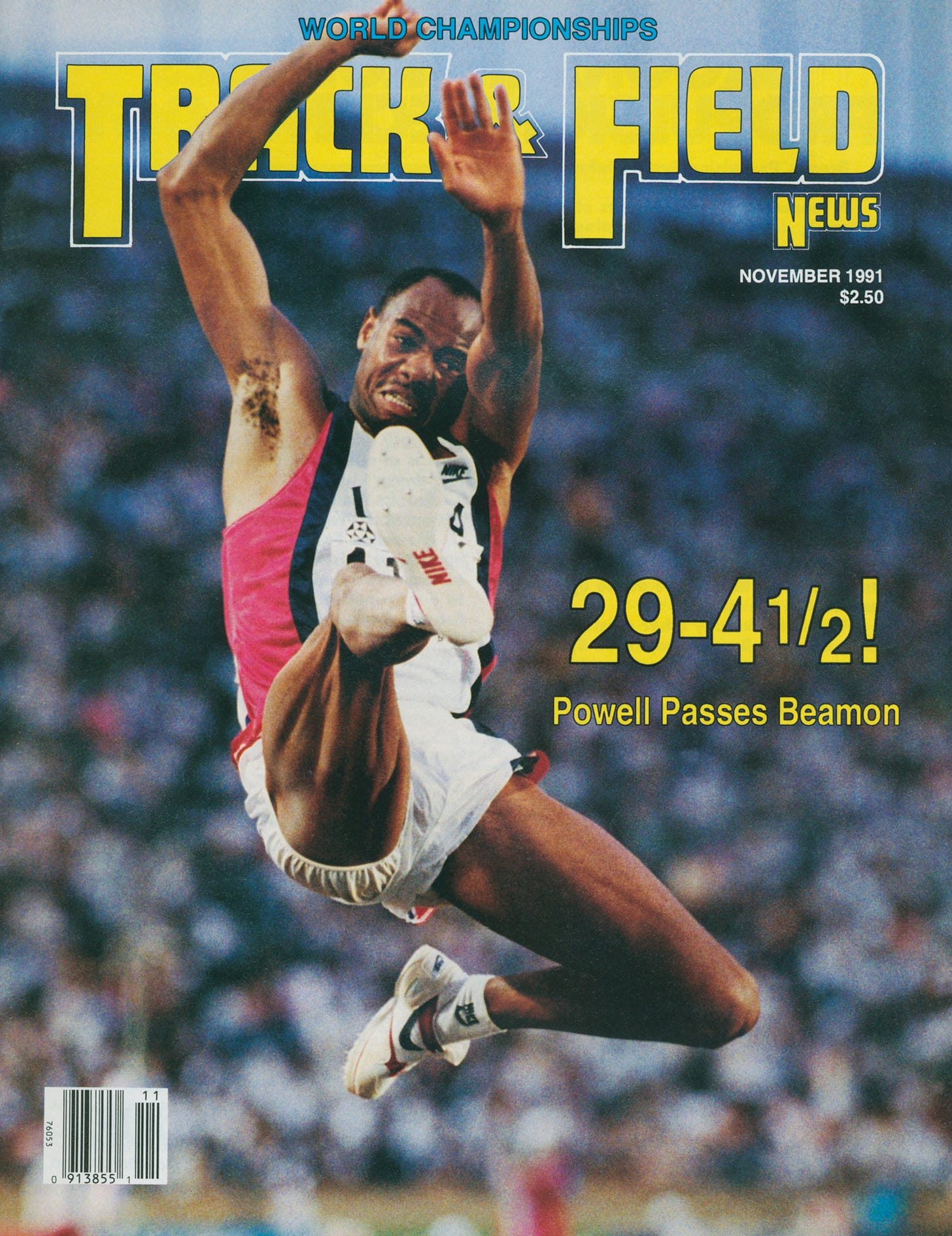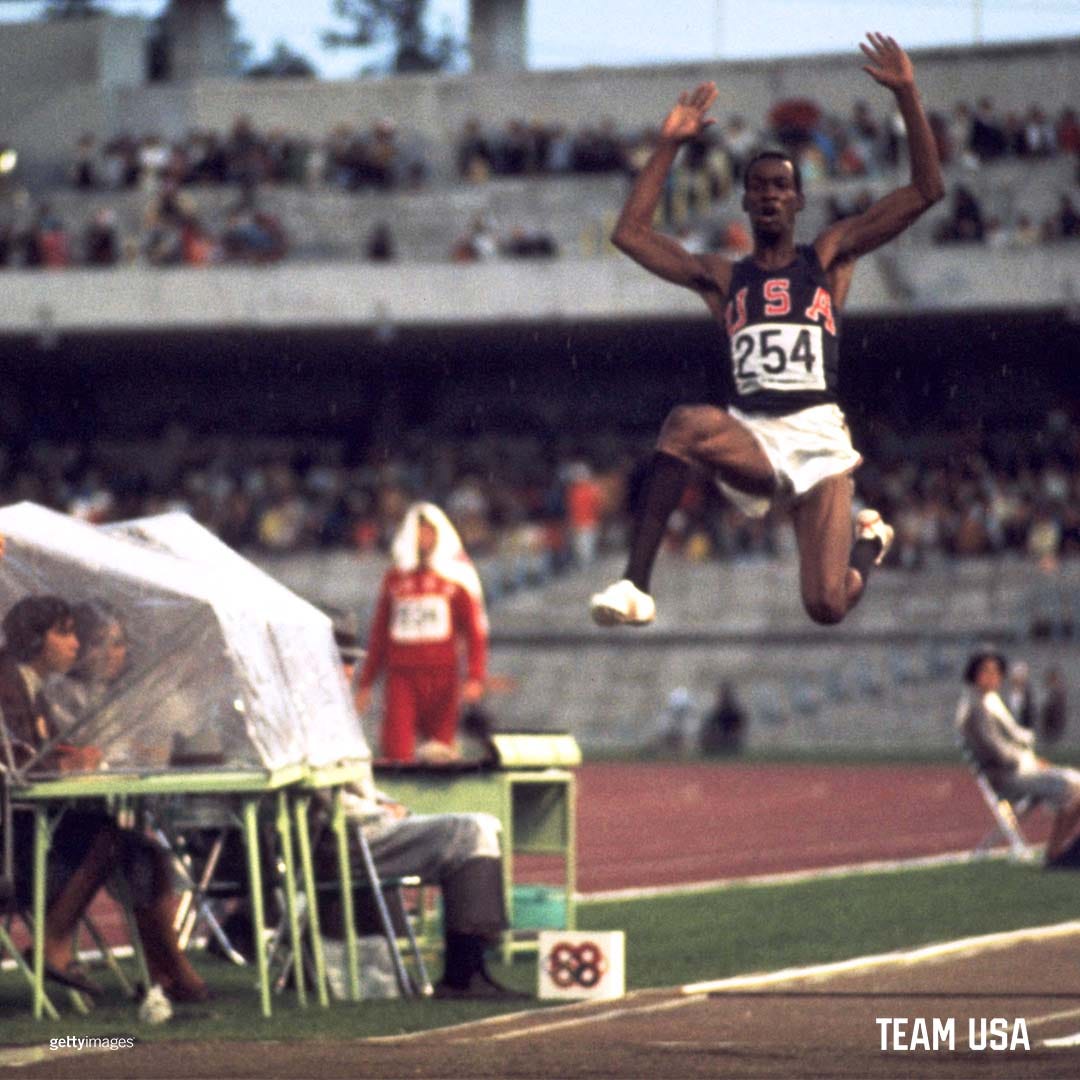"The Man Who Could Fly"— Bob Beamon's Legendary Leap in the 1968 Mexico Olympics
Bob Beamon's Record-Breaking Long Jump: A World Record That Endured for 50 Years and Still Holds the Olympic Record.
Part 1: The Moment of Magic
The Historic Jump
On October 18, 1968, Bob Beamon etched his name into the annals of sports history with a long jump that defied belief. At the 1968 Summer Olympics in Mexico City, Beamon soared through the air, landing at an astounding 8.90 meters (29 feet 2¼ inches), shattering the previous world record of 8.35 meters (27 feet 4¾ inches) by an unprecedented margin of 55 cm (21¾ inches) (video).
The Unpreparedness for Greatness
The magnitude of Beamon’s leap was such that the optical measuring device, calibrated for conventional records, fell short. Officials, caught off guard, had to resort to a manual tape measure to confirm the distance, causing a delay in the announcement. When the official distance was finally declared in meters, Beamon, unfamiliar with the metric system, initially did not grasp the enormity of his achievement.
The Emotional Impact
Once he comprehended that he had broken the world record by nearly two feet, Beamon experienced a cataplexy attack, a condition induced by extreme emotional shock. His legs gave way, leaving him momentarily unable to stand. This dramatic reaction encapsulated the sheer intensity of the moment and underscored the historical significance of his feat.
Longevity of the Record
Beamon’s record stood unchallenged for 23 years, until Mike Powell surpassed it in 1991, for a new world record. Nevertheless, Beamon's jump remains the official Olympic record and is still the second-longest wind-legal jump in history, a testament to its enduring greatness. The term "Beamonesque" entered the sports lexicon, symbolising superhuman achievements.
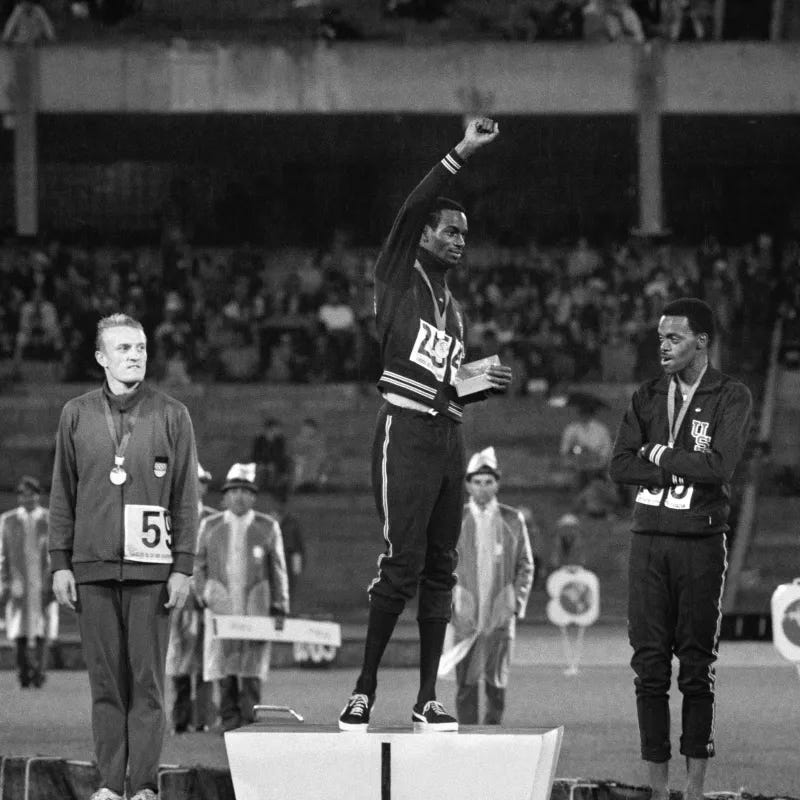
Part 2: The Man Beyond the Jump
Post-Olympic Athletic Career
After his legendary jump, Beamon struggled to replicate his success. From 1970 to 1972, persistent leg injuries hampered his performances, and he barely competed. In 1973, he joined a professional track tour but only managed jumps in the 25-26 foot range, far short of his world record.
Education and Career
Beamon returned to college, earning a degree in sociology from Adelphi University in 1972. His professional life was diverse, including a stint at a savings-and-loan company, work as a drug rehabilitation counselor, and periods of unemployment.
Continued Involvement in Sports
Beamon stayed connected to track and field through his work with RunRite, a company that builds indoor tracks and supports athlete development. His passion for fostering new talent in track and field remains strong.
Recognition and Honors
Beamon’s achievements have been widely recognized. He was inducted into the U.S. Olympic Hall of Fame in 1981 and the National Track and Field Hall of Fame in 1983. He also received the Presidential Medal of Freedom, the highest civilian honor in the United States.
Personal Philosophy and Legacy
In his later years, Beamon has adopted a philosophy of appreciating life’s moments, referring to significant events as "peak experiences." He continues to inspire others as a motivational speaker, sharing his story of redemption and resilience. In 1999, he co-wrote a book about his life, "The Man Who Could Fly," with his wife, Milana Walter Beamon.
Part 3: Good Athletics; Bad Physics
The Altitude Effect
The idea that Beamon's record was primarily due to reduced gravity and air density is an oversimplification. The reduction in gravitational force at Mexico City's altitude is minimal, having a negligible effect on an athlete’s jump.
Air Density and Sprint Speed
Lower air density at higher altitudes does reduce air resistance, benefiting sprinters and jumpers. A scientific analysis estimated that the combined effects of altitude and wind assistance added about 31 cm to Beamon’s jump. However, the primary factor was Beamon's increased sprint speed, achieved under favorable conditions of wind and altitude.
Other Contributing Factors
Other significant contributors to Beamon's leap included his exceptional athletic ability, perfect execution on the day, and the new synthetic track in Mexico City, which was faster than previous surfaces.
Lasting Legacy
Despite the altitude advantage, Beamon's jump remained the world record for 23 years and is still the Olympic record, underscoring the remarkable nature of his achievement. The combination of Beamon's athletic prowess, favorable conditions, and technological advancements made his leap a historic moment in sports.
Part 4: Records Meant to Be Broken
The Historic Battle: Powell vs. Lewis in Tokyo
On August 30, 1991, the world witnessed one of the most extraordinary moments in track and field history during the World Championships in Tokyo. In what is often regarded as the greatest long jump contest ever, Mike Powell and Carl Lewis engaged in a fierce competition that captivated the globe. Powell shattered Bob Beamon’s legendary world record of 8.90 meters, which had stood unchallenged for nearly 23 years since the 1968 Mexico City Olympics. With an astonishing jump of 8.95 meters, Powell not only surpassed Beamon’s record by 5 centimeters but did so under sea-level conditions, making his achievement even more remarkable.
Carl Lewis, who was also in exceptional form, delivered jumps of 8.91 meters (wind-aided) and 8.87 meters (legal), both of which would have broken the previous world record. The intense rivalry between Powell and Lewis pushed both athletes to extraordinary performances, showcasing the pinnacle of athletic excellence. Over 30 years later, Powell’s record still stands, highlighting the enduring significance of this historic event. The term "Beamonesque," used to describe extraordinary athletic feats, could equally apply to Powell’s leap, cementing its place in the annals of sports history.
The Evolution of Athletic Excellence
As the Paris Olympics 2024 unfolds, records continue to tumble, exemplified by Katie Ledecky’s fourth consecutive gold in the 800-meter freestyle, joining Michael Phelps in an elite category. Such achievements remind us that records are set to be broken, each generation pushing the boundaries of human potential.
Remembering Legends
In the grand spectrum of the Olympic Games, few moments compare to the monumental achievements of athletes like Jesse Owens in the 1936 Berlin Olympics and Bob Beamon in 1968. These athletes not only set records but also created moments that transcended sport, embedding themselves into the cultural and historical fabric of the Games.
Conclusion: A Legacy of Inspiration
Bob Beamon's legendary leap is more than an athletic feat; it is a story of human potential, resilience, and the power of a single moment to inspire generations. As we celebrate new records and achievements, we remember Beamon's extraordinary jump as a pinnacle of Olympic history, a symbol of what is possible when preparation meets opportunity, and greatness is seized in a moment of pure athletic brilliance.

